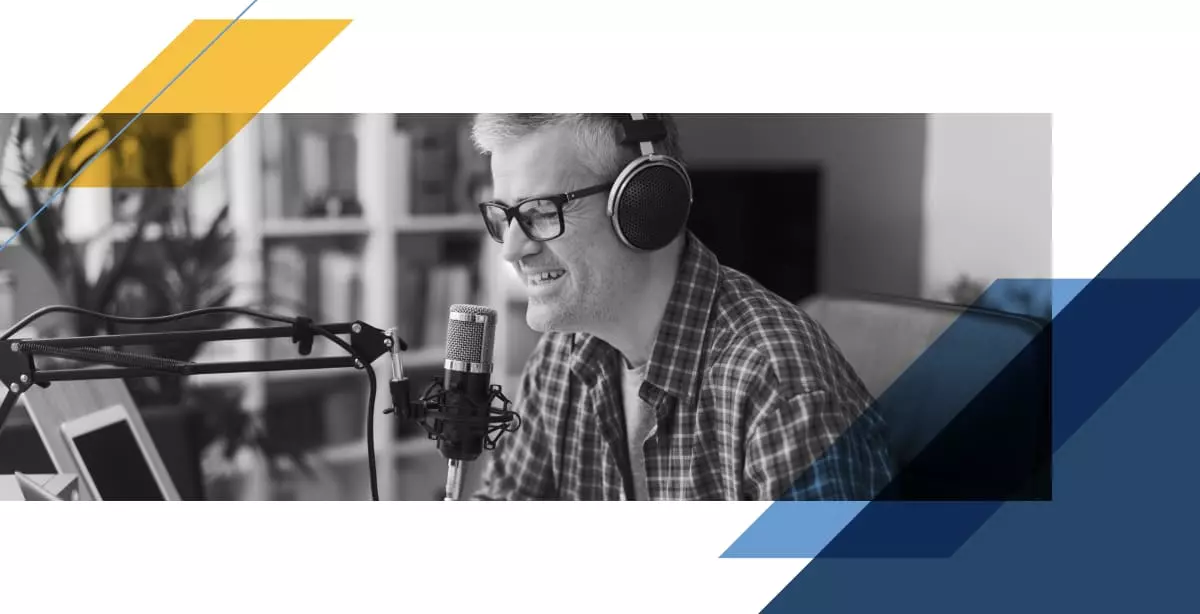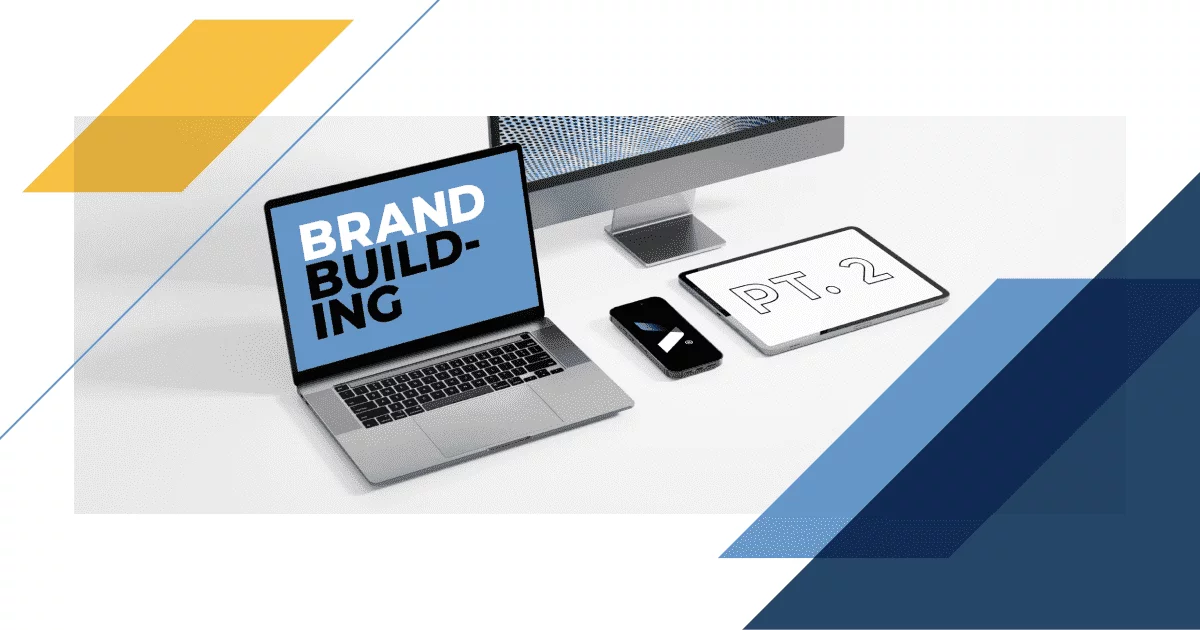B2B Influencers: Who They Are, Why They Matter, and How to Find Them

Influencers aren’t just sharing skin care recs and dancing to the latest Doja Cat song anymore. They’ve become an integral part of effective PR and marketing strategy, even in B2B. Whether you’re launching a new product, shaping industry conversations or trying to build brand trust, the right creators can help you reach audiences in an authentic and credible way.
But let’s be clear: “working with influencers” doesn’t mean firing off a few DMs and crossing your fingers. It requires strategy, relationship-building and yes, giving up some control. (That’s hard for a lot of us.)
Why Influencers Matter (Especially in B2B)
For decades, PR meant media relations. You pitched journalists, they (hopefully) liked your idea and you earned that media win. But today’s landscape is much more layered. PR and marketing teams blend earned, owned and paid channels. And sitting right at the intersection? Content creators.
B2B decision-makers are increasingly placing credibility in their peers and subject matter experts, rather than overly polished brand content. According to the 2025 B2B Influencer Marketing Report from TopRank, 72% of B2B marketers have dedicated influencer budgets that are expected to grow. So, who are these B2B influencers? Consultants, engineers, analysts and creators who have earned credibility in their niche. They know your audience. And they use that industry knowledge to break down complex topics, humanize brands and create content that can be repurposed across press coverage, blogs, LinkedIn, webinars and even paid ads.
B2B buyers consume a lot of content before making a decision: research reports, videos, case studies, podcasts and more. Influencers can meet that demand while adding personality and authenticity. When done well, influencer collaborations can spark real conversations — not just clicks.
Find the Right Influencers (No, Not Just Ones With 1M+ Followers)
Before you start scrolling, take a beat and get strategic.
-
Define your goals: Are you aiming for awareness? Lead generation? Community engagement? Your goals will guide whether you pursue earned (organic relationship building), paid influencer campaigns or a mix of both.
-
Define your budget: I cannot stress this enough. Influencer marketing can range from sending a $50 Starbucks gift card to negotiating five-figure contracts. It’s so important to know what you can spend before you start reaching out.
-
Identify your audience: Who are they? Where do they spend time? Who do they already follow? What content do they engage with? Answer these key questions to help narrow your influencer search.
-
Discover relevant voices: Use tools like LinkedIn Sales Navigator, Social Listening by Sprout Social or – my personal fave – good ole-fashioned social media stalking. (See a profile or comment you like? Click that profile, check who they interact with and keep going “down the rabbit hole.”)
-
Vet for brand fit: Look beyond vanity metrics. Who actually engages with their content? Is their audience in your industry? Are they credible, professional and aligned with your brand values? The deeper you can dive, the better.
And remember, in B2B, nano- and micro-influencers often pack the biggest punch. Their audiences might be smaller, but their hyper-specificity is exactly what you need to reach operations leads or other niche industry pros.
Foster Relationships, Not Transactions
As part of operating your business, you probably know how to pitch, follow up and nurture relationships — just apply that experience to creators.
Make sure you personalize your outreach. Don’t send the same cold template to 20 influencers; use your research accordingly by referencing their content. Show them you know who they are, and meet them where they are — email, DM, heck, even a phone call.
Once you’ve made contact and established mutual interest in collaborating, set clear expectations. But leave room for them to be creative. Influencers know what resonates with their audience better than you do — that’s why you are working with them, after all. And if you’re doing earned outreach (no payment involved), understand that you’re asking for a favor. You will naturally have less control over timing and message.
Once your engagement is over, don’t press pause on that relationship. One-off collaborations can work for quick buzz, but real influence is built over time. Aim to create a partnership where the influencer becomes a consistent part of your brand’s ecosystem. It’s mutually beneficial and fun to have a third-party “partner in crime” to help workshop ideas or plan other activations.
Avoid Common Mistakes
Even experienced marketers mess these up, so don’t be “that guy.”
-
Bigger isn’t always better, so don’t just chase follower count. Mega-influencers might have reach, but nano- and micro-influencers often get you relevance (and better ROI).
-
The magic of influencer content is its authenticity. If you try to turn their post into a brand-approved press release, you’ll lose the very thing that makes it work. My boss once told me, “With PR, you give up control to gain credibility.” Influencer relations are no different. (Side note: That saying is a personal favorite I use weekly. I stole it from him, so feel free to steal it from me.)
-
Paid influencer work must follow FTC guidelines, so make sure all sponsored content is properly labeled to protect the brand and the creator. Disclosure = transparency = trust.
-
Many B2B brands still underinvest in influencer relations. If you start building those relationships now, you can establish trust before your competitors flood their inbox.
The Bottom Line
Working with influencers isn’t just a trend; it’s a core part of modern PR and communications. For B2B brands, it’s one of the best ways to build credibility, create engaging content and start conversations that move the needle.
Yes, it takes work: defining goals, choosing partners wisely, giving up some control and playing the long game. But the payoff is so worth it. So stop scrolling past those LinkedIn creators and start thinking about how they could be the next MVP of your marketing strategy. And if you still can’t shake the idea of influencer = TikTok dancer, that’s fine. But maybe skip the dance videos in your next campaign … or don’t … your call.
Sign Up for our Newsletter - Get agency updates, industry trends and valuable resources delivered directly to you.
Allison Northrop - Public Relations Manager & Creator Relations Lead
Joining Godfrey in 2019, Alli has extensive experience in B2B media, influencer relations, and account management. She has played a key role in the executing numerous public relations programs over the past six years, and excels at building and maintaining close relationships with B2B editors. In her current role, Alli serves as Godfrey’s go-to expert for influencer engagement best practices, trends, processes, and strategy, in addition to her ongoing public relations work.




